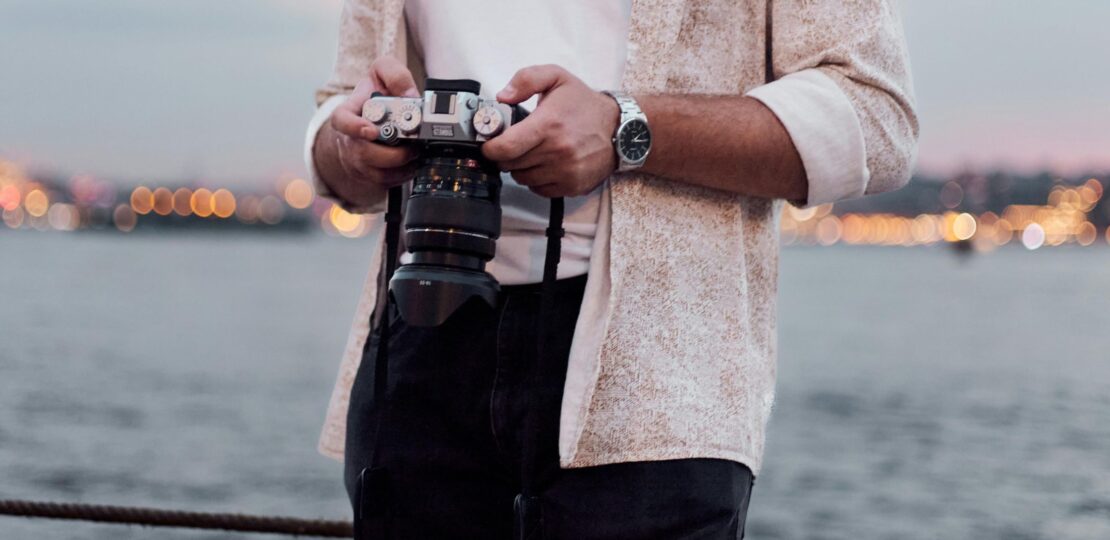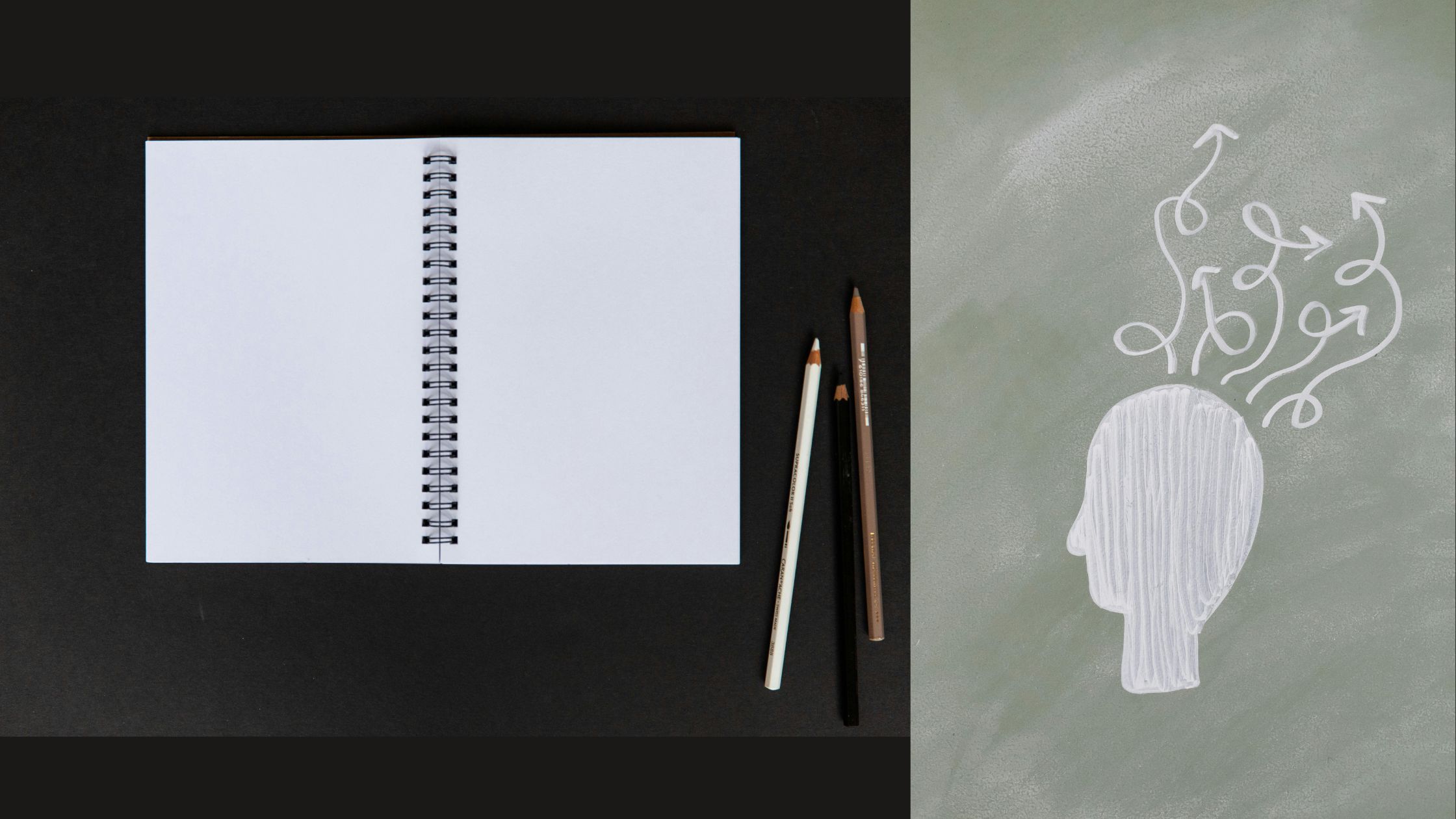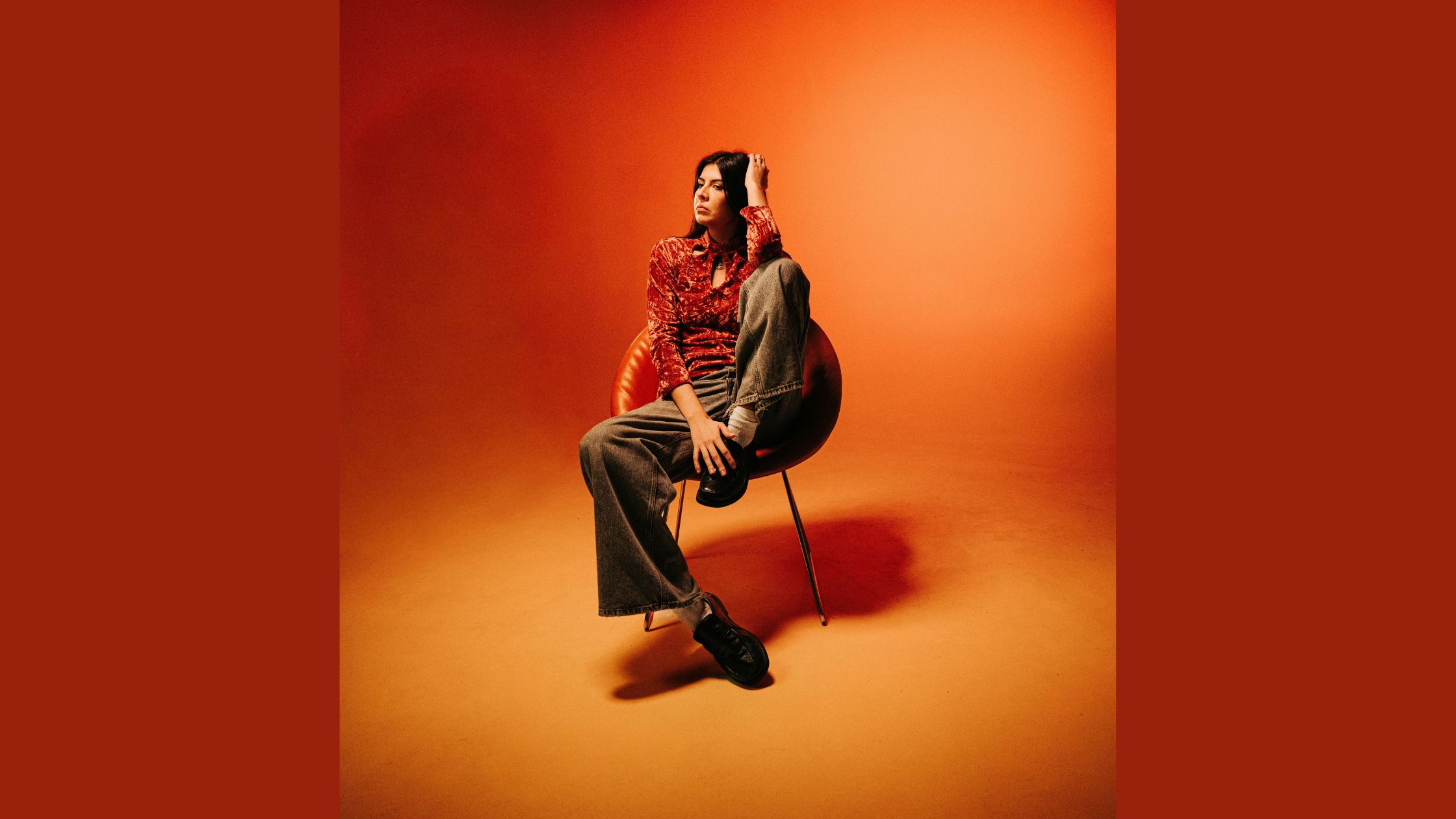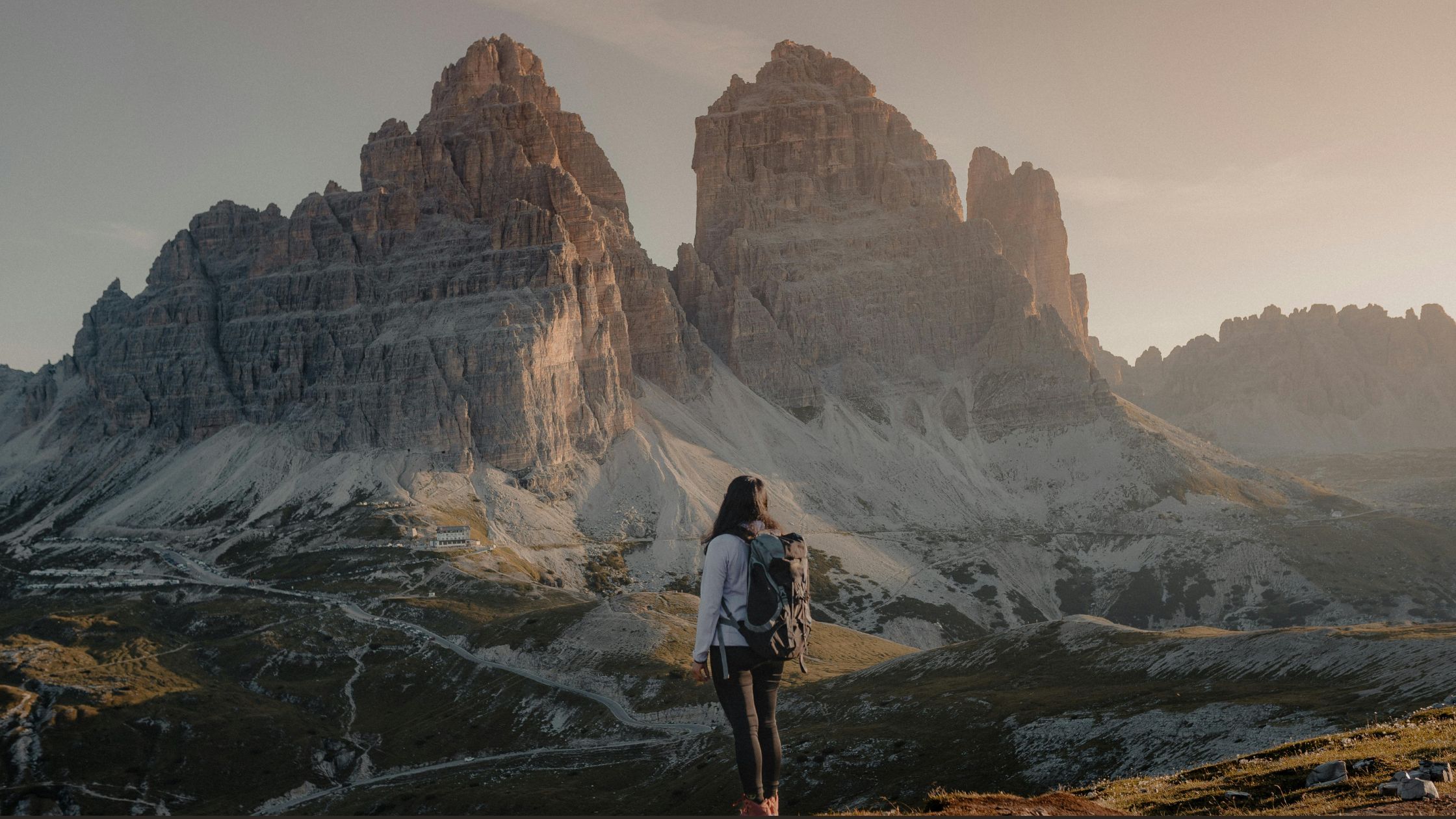

Understanding Photography Basics
Photography is both an art and a science, and it requires a solid understanding of its foundational elements to produce high-quality images. Every aspiring photographer should become familiar with the key concepts of exposure, aperture, shutter speed, and ISO, as these elements are interrelated and essential for achieving desired results in photography.
Exposure is the amount of light that reaches the camera’s sensor, and it is influenced by the combination of aperture, shutter speed, and ISO settings. For beginners, mastering exposure is crucial because it determines the overall brightness of an image. The aperture, represented by f-stop numbers, controls the size of the lens opening. A lower f-stop number indicates a wider aperture, allowing more light to enter and creating a shallow depth of field, while a higher f-stop number results in a smaller aperture, yielding greater depth of field. Understanding how to manipulate aperture is vital for creating aesthetically pleasing portraits and landscapes.
- 4K DIGITAL CAMERA WITH AUTOFOCUS: The newest 4K digital camera for photography captures videos in 4K resolution and snap…
- 180° FLIP SCREEN AND PORTABLE: Our 4k camera for photography offers a 3.0-inch IPS 180° flip screen, ideal for selfie en…
- MULTIFUNCTIONAL PHOTOGRAPHY CAMERA: The 4K digital video camera features a date stamp, exposure compensation (-3.0 to +3…
Shutter speed, on the other hand, refers to the length of time the camera’s shutter remains open when taking a photograph. Faster shutter speeds can freeze motion, making them ideal for dynamic subjects, while slower shutter speeds allow for more light and can create artistic blur effects. Lastly, ISO measures the sensitivity of the camera’s sensor to light. A higher ISO can be beneficial in low-light situations but may introduce noise, compromising image quality.
Using a good camera that supports adjustments for these fundamental elements not only aids in capturing high-quality images but also promotes learning and development. As beginners experiment with their camera settings, they develop a deeper understanding of how exposure, aperture, shutter speed, and ISO interact, ultimately enhancing their photographic skills and creativity. Comprehending these basics provides a solid foundation for further exploration into the diverse world of photography.
Why Choose a Dedicated Camera Over Smartphones
As technology continues to evolve, smartphones have become ubiquitous in everyday life, providing users with convenient access to photography. However, dedicated cameras still offer distinct advantages, especially for those starting their journey in photography. One of the primary benefits of a dedicated camera is superior image quality. Larger sensors in dedicated cameras capture more light and detail than those found in smartphones, resulting in sharper, more vibrant images. This enhanced quality is particularly noticeable in low-light conditions, where dedicated cameras excel.
Another critical aspect is the control over settings. Dedicated cameras provide photographers with manual controls that enable precise adjustments to exposure, aperture, and shutter speed. This level of control is typically limited in smartphone applications and can hinder the creative process. New photographers who take the time to learn these settings can significantly improve their photography skills, leading to a more fulfilling experience.
Lens versatility is also a significant consideration. Dedicated cameras often allow for interchangeable lenses, giving photographers the freedom to select the best lens suited for their specific shooting scenario. Whether it’s a wide-angle lens for landscapes or a telephoto lens for wildlife, the ability to change lenses opens up a range of creative possibilities unmatched by smartphone cameras.
Furthermore, the ergonomics of dedicated cameras can enhance the shooting experience. The grip, weight distribution, and button layout are designed with photography in mind, allowing for better handling and comfort during extended shooting sessions. In contrast, smartphones, while portable, can often feel uncomfortable during prolonged use and limit the photographer’s capability to engage fully with the art.
Lastly, despite common misconceptions that smartphone photography can match or exceed dedicated camera capabilities, it is essential to recognize that dedicated cameras are specifically designed for the purpose of photography. As a result, they often provide a more rewarding experience for those looking to develop their skills and produce high-quality images.
Different Types of Cameras for Beginners
When embarking on a photography journey, selecting the right type of camera can significantly influence the learning experience and overall enjoyment. For beginners, three main categories stand out: DSLRs, mirrorless cameras, and point-and-shoots. Each type has its unique characteristics, advantages, and downsides, making them suitable for various photography styles and needs.
Digital Single-Lens Reflex (DSLR) cameras are often the go-to choice for many aspiring photographers. These cameras feature a versatile design that allows users to change lenses, thereby adapting to different photography genres. The advantages of DSLRs include their optical viewfinder, quick autofocus, and superior image quality in low light conditions. However, they can be bulky and may require a steeper learning curve, as beginners need to familiarize themselves with manual settings and lens options.
On the other hand, mirrorless cameras are gaining popularity due to their compact size and lightweight nature. These cameras also have the capability to change lenses like DSLRs, but they utilize electronic viewfinders instead of optical systems. This allows for more advanced features such as real-time exposure previews. Mirrorless cameras often deliver high-quality images while being easier to carry, making them ideal for travel. Nonetheless, battery life tends to be shorter, and lens selections may be limited compared to DSLRs, depending on the brand.
Finally, point-and-shoot cameras are a great starting point for complete novices. These cameras are designed for simplicity, featuring automatic settings that alleviate the need for extensive technical knowledge. They are compact, easy to use, and often budget-friendly. However, point-and-shoots usually lack the versatility and manual control options found in DSLRs and mirrorless options, which may hinder a beginner’s growth as they advance in their photography skills.
In conclusion, understanding the various types of cameras available enables beginners to make informed decisions based on their photography goals and preferences. Each type offers distinct features and varying levels of complexity, ensuring there is an option that suits every aspiring photographer’s needs.
Important Camera Features to Look For
Choosing the right camera as a photography beginner involves understanding various essential features that significantly affect image quality and usability. One of the primary considerations is the camera’s sensor size. Larger sensors typically capture more light, which enhances image quality and performs better in low-light conditions. For beginners, it’s advisable to opt for an APS-C or full-frame sensor, as these are commonly associated with high-quality images.
Next, the autofocus system plays a critical role in determining how quickly and accurately a camera can lock onto a subject. Beginner photographers should look for cameras that offer fast and reliable autofocus systems, ideally with multiple focus points. This feature ensures that the camera can handle different lighting scenarios and moving subjects effectively, making the photography experience smoother and more enjoyable.
Another vital aspect is the variety of shooting modes available. Most entry-level cameras come equipped with automatic and manual modes, allowing beginners to experiment with creativity while gradually learning the fundamentals of photography. Modes such as portrait, landscape, and night can help beginners understand how different settings affect their pictures without needing extensive background knowledge.
Video capabilities are also increasingly important, as many beginners want to capture both still images and video content. When selecting a camera, consider its resolution and frame rates for video recording. Cameras that can shoot in 1080p or 4K are preferable for future-proofing against evolving video demands. Connectivity options such as Wi-Fi or Bluetooth further enhance the usability, allowing for easy sharing of photos and remote control functionalities.
By understanding these key features, beginners will be better prepared to select a camera that suits their needs, enabling them to enhance their photography skills effectively.
Budget-Friendly Camera Options
For beginners venturing into the world of photography, selecting an affordable camera that does not compromise on quality can be a daunting task. Fortunately, there are numerous budget-friendly camera options available that cater specifically to novice photographers. These cameras typically offer user-friendly features, decent image quality, and the ability to learn the basics without a hefty investment.
One of the most recommended entry-level cameras is the Canon EOS Rebel T7. Priced around $450 with a kit lens, this DSLR is known for its intuitive interface and built-in Wi-Fi for easy sharing. The Rebel T7 features a 24.1-megapixel sensor, delivering clear images even in low-light conditions. For those interested in mirrorless options, the Sony Alpha a6000 is an excellent choice. Available for approximately $550, it packs a 24.3-megapixel sensor, fast autofocus capabilities, and continuous shooting speed of up to 11 frames per second.
Another solid option is the Nikon D3500. With a competitive price tag of around $500, this DSLR combines portability with performance. Its Guide Mode is particularly useful for beginners, offering step-by-step instructions to help users understand the various features. Moreover, the D3500 boasts a battery life that can capture over 1,500 shots on a single charge, making it ideal for extended usage.
For a compact choice, the Fujifilm X100F is a fantastic point-and-shoot camera priced around $1,200. Though slightly above the traditional budget range, it provides exceptional image quality and vintage styling, making it a worthy investment for those serious about photography. Each of these models represents a unique balance between affordability and performance, making them excellent considerations for photography beginners embarking on their creative journey.
- An Always-Clear View, Even in Bright Sunlight: 2,360K-dot. Large LVF 0.74x (35mm camera equivalent) ensures you’ll see y…
- Amazing Video Quality for Fast-Paced Action: 4K Video Mode records up to 4x resolution of Full HD; for incredible flexib…
- Shoot Now, Focus Later: Post Focus feature gives you the power to touch the area you’d like to be in focus, even after t…
Essential Accessories for Beginners
As photography beginners embark on their journey, the right accessories play a significant role in enhancing their experience and supporting their learning. One of the most critical accessories is a sturdy tripod, which provides stability for long exposures and helps achieve sharp images when shooting in low light. A tripod is particularly beneficial for landscape and architectural photography, where precision is vital.
Another essential accessory is a quality camera bag. A well-designed camera bag not only protects the equipment but also allows for easy organization of additional items. It is crucial to choose a bag that fits the camera and accessories comfortably while being durable and weather-resistant to safeguard against environmental factors.
When it comes to lenses, beginners should consider starting with a versatile zoom lens, as it offers various focal lengths, accommodating different shooting scenarios. This flexibility enables newcomers to explore various styles, whether capturing portraits, landscapes, or street photography. As skills progress, investing in specialized lenses, such as a prime lens or a macro lens, can further enhance photographic creativity.
Memory cards are another fundamental accessory that should not be overlooked. A reliable high-capacity memory card ensures ample storage space for high-resolution images and videos, which is essential for uninterrupted shooting sessions. Purchasing at least two cards is advisable for backup purposes, limiting the risk of data loss.
Lastly, protective gear, such as UV filters and lens caps, adds a layer of security to expensive lenses and camera bodies. These accessories prevent scratches and dust accumulation, ensuring that the camera remains in optimal condition. By understanding the importance of these accessories, photography beginners can enhance their skills and enjoy a more fulfilling photography experience.
Tips for Getting Started with Your New Camera
Embarking on your photography journey with a new camera can be an exhilarating experience. To maximize your potential with this new tool, it is crucial to familiarize yourself with its functionalities and features. One of the most effective ways to begin is by thoroughly reading the camera manual. While it may seem tedious, understanding the specifications, buttons, and functionalities outlined in the manual forms the backbone of your photographic endeavors. This foundational knowledge will empower you as you explore your camera’s capabilities.
Next, experimenting with various settings is essential in honing your skills. Most cameras come equipped with modes that cater to different photography conditions, such as portrait, landscape, or night mode. Spend time switching between these settings to see how they affect the outcome of your images. This hands-on experimentation not only increases your comfort level with the camera but also allows you to recognize which settings work best in various situations, ultimately enhancing your creative expression.
Practicing composition is another vital element in developing your photography skills. Familiarize yourself with fundamental principles like the rule of thirds, leading lines, and framing. Take the time to explore different perspectives and arrangements within your frame. This practice will not only improve your aesthetic sensibility but also significantly impact the storytelling aspect of your photography.
Finally, do not underestimate the importance of shooting in varying lighting conditions. Natural light can dramatically alter the appearance of your photos and mastering it will make you a more versatile photographer. Experiment with shooting during golden hour, blue hour, and even in low-light settings to understand how your camera reacts to these changes. Through these exercises, you’ll cultivate a stronger command of your camera and enhance your photography skills over time.
Online Resources and Learning Communities
For photography beginners, accessing quality online resources and engaging with learning communities can significantly enhance their understanding and skill set. There are numerous websites dedicated to teaching photography techniques, providing tutorials, and sharing valuable insights. Platforms such as Digital Photography School offer a wealth of articles ranging from beginner tips to advanced photographic techniques. Another excellent resource is Photography Life, which features comprehensive guides and tutorials tailored to different skill levels.
YouTube, being a popular platform for visual learning, hosts a variety of channels focusing on photography. Channels like AdoramaTV and Tony & Chelsea Northrup provide video tutorials that cover everything from equipment reviews to practical photography tips. This multimedia approach helps beginners grasp complex concepts more easily and allows them to learn at their own pace.
Forums and online communities also play a vital role in a beginner’s learning journey. Websites like Photography Review and Flickr host discussion boards where beginners can ask questions, share their work, and receive constructive feedback from experienced photographers. Social media platforms, such as Instagram and Facebook, have numerous photography groups where members can connect, share tips, and discuss trends. Engaging in these communities fosters a sense of belonging and motivates beginners to explore and develop their unique photographic styles.
As photography continues to evolve, staying updated with the latest trends and techniques is crucial. Regularly visiting blogs, participating in communities, and watching tutorials ensures beginners have the necessary resources at their fingertips, fostering continuous growth in their photography journey.
Conclusion: Finding Your Perfect Camera
In the quest to find the best camera for photography beginners, it is essential to reflect on the various aspects that have been discussed. First and foremost, understanding your personal photography goals is a crucial first step. Whether you aspire to capture breathtaking landscapes, intimate portraits, or dynamic wildlife shots, your interests will significantly influence the type of camera best suited for your needs.
Additionally, the importance of evaluating the features of different camera models cannot be overstated. Factors such as sensor size, lens compatibility, and manual control options play pivotal roles in shaping your photography experience. For novices, the camera should not only be easy to handle but also possess the flexibility to grow alongside your skills. A model that offers beginner-friendly features while still allowing for manual adjustments can serve as an excellent bridge to more advanced techniques.
Another key consideration is budget. Photography can be a costly endeavor, yet it is important to recognize that the best camera for you does not have to be the most expensive. It is advisable to focus on models that provide a reasonable balance between cost and capability. Consider looking at entry-level DSLRs, mirrorless systems, or even high-quality compact cameras. Each option has its merits and potential drawbacks, which you should weigh against your specific photography aspirations.
Ultimately, the best camera for a photography beginner is one that resonates with their personal style and comfort level. By integrating knowledge of camera types, critical features, and your budget, you will be well-equipped to choose a model that will help you capture your artistic vision effectively. Explore, experiment, and find a camera that inspires you to take fantastic photographs as you embark on this exciting journey into the world of photography.
- 33MP full-frame Exmor R back-illuminated CMOS sensor
- 8x more powerful, next generation BIONZ XR image processing engine
- Up to 4K 60p 10-bit 4:2:2 w/ full pixel readout in all recording formats
RELATED POSTS
View all





